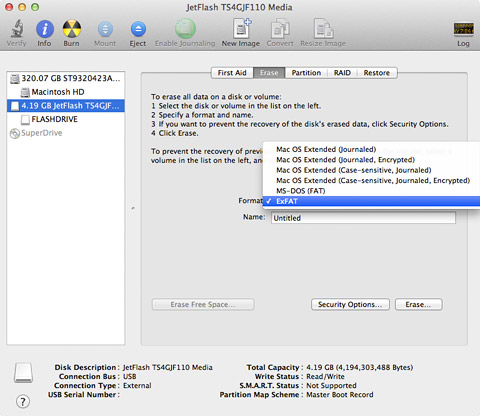Mac Disk Utility Download Windows
- Download Mac Disk Utility For Windows 7
- Disk Utility Mac Download
- Mac Os Disk Utility Download
- Mac Disk Utility Download For Windows
- Free Mac Disk Utility

Take advantage of read and write access without having to reformat your external drives, both on Windows and macOS. View Support Information Download for Windows Download for Mac (10.10 and Up) Download for Mac (10.6-10.9). Disk utility mac free download - File Scavenger Data Recovery Utility, Mac Data Recovery Utility, ShowSize Disk Space Analyzer, and many more programs. What Is an OS X Recovery Disk? The OS X Recovery Disk is a native but hidden recovery volume on your Mac hard drive. This feature can be used to start up your machine and perform emergency maintenance services such as repairing a corrupted drive by running Disk Utility, surf the Internet to assess the problem you might be experiencing or download any necessary updates. Nov 28, 2017.
Disk Utility can find and repair errors related to the formatting and directory structure of a Mac disk. Errors can lead to unexpected behavior when using your Mac, and significant errors might even prevent your Mac from starting up completely.
Before proceeding, make sure that you have a current backup of your Mac, in case you need to recover damaged files or Disk Utility finds errors that it can't repair.
Download Mac Disk Utility For Windows 7
Open Disk Utility
Start up from macOS Recovery, then select Disk Utility from the Utilities window. Click Continue.
If you're not repairing the disk your Mac started up from, you don't need to start up from macOS Recovery: just open Disk Utility from the Utilities folder of your Applications folder.
Locate your disk in Disk Utility
Choose View > Show All Devices (if available) from the menu bar or toolbar in Disk Utility.
These include AVI, BMP, GIFF, JPG, Macromedia Flash and Adobe PhotoShop files and many, many more. Quicktime player update for mac. However, you may like to download files yourself, and this is where the player comes in. In addition to supporting the standard MOV file format, it will Open and run a wide range of multimedia.
The sidebar in Disk Utility should now show each available disk or other storage device, beginning with your startup disk. And beneath each disk you should see any containers and volumes on that disk. Don't see your disk?
In this example, the startup disk (APPLE HDD) has one container and two volumes (Macintosh HD, Macintosh HD - Data). Your disk might not have a container, and it might have a different number of volumes.
Repair volumes, then containers, then disks
Disk Utility Mac Download
For each disk that you're repairing, start by selecting the last volume on that disk, then click the First Aid button or tab.

In this example, the last volume on the disk is Macintosh HD - Data.
Click Run to begin checking the selected volume for errors.
- If there is no Run button, click the Repair Disk button instead.
- If the button is dimmed and you can't click it, skip this step for the item you selected, and continue to the next item.
- If you're asked for a password to unlock the disk, enter your administrator password.
After Disk Utility is done checking the volume, select the next item above it in the sidebar, then run First Aid again. Keep moving up the list, running First Aid for each volume on the disk, then each container on the disk, then finally the disk itself.
Mac Os Disk Utility Download
In this example, the repair order is Macintosh HD - Data, then Macintosh HD, then Container disk2, then APPLE HDD.
If Disk Utility found errors that it can't repair
If Disk Utility found errors that it could not repair, use Disk Utility to erase (format) your disk.
Mac Disk Utility Download For Windows
If your disk doesn't appear in Disk Utility
If Disk Utility can't see your disk, it also can't see any containers or volumes on that disk. In that case, follow these steps:
Free Mac Disk Utility
- Shut down your Mac, then unplug all nonessential devices from your Mac.
- If you're repairing an external drive, make sure that it's connected directly to your Mac using a cable that you know is good. Then turn the drive off and back on.
- If your disk still doesn't appear in Disk Utility, your disk or Mac might need service. If you need help, please contact Apple Support.